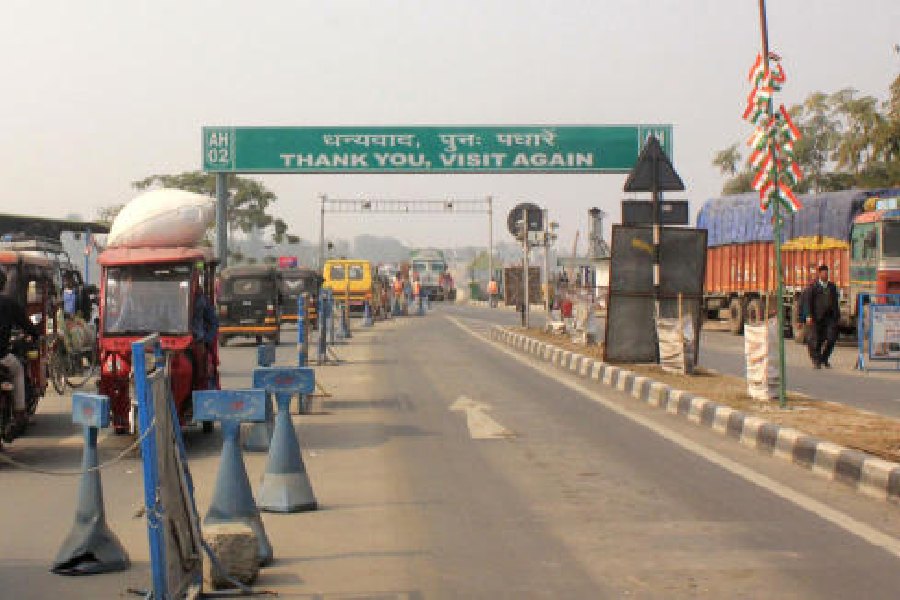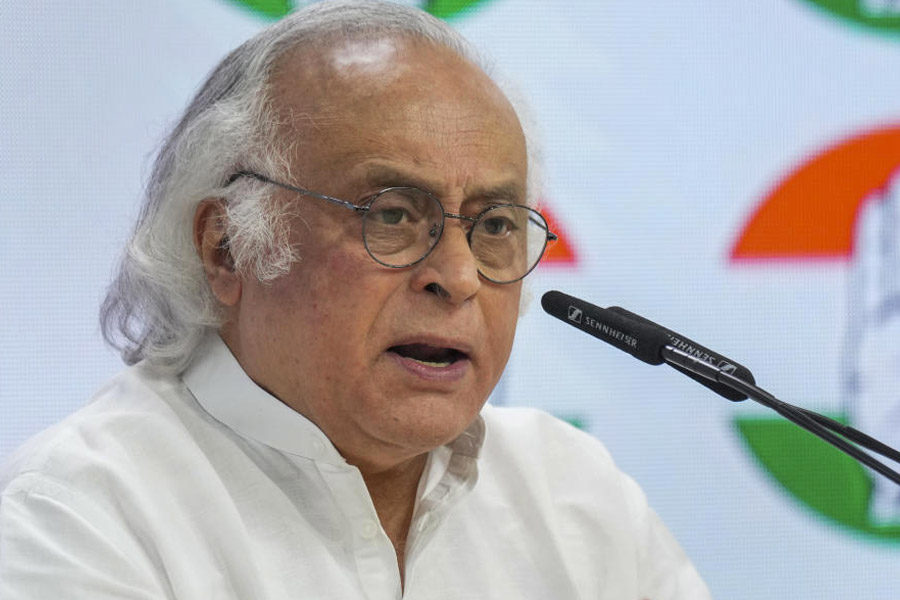 |
| Are you one of them? |
Bangalore, July 23: Tracking a monkey in the wild can be tough, to say the least. Imagine finding 30.
That’s precisely what forest officers are trying to do after the primate research laboratory at the Indian Institute of Science quietly released the research monkeys into a jungle.
Animal rights activists are livid.
“These are animals used in experiments for the last four years and cannot be released into forests. They are contaminated and pose a danger to wild animals, humans and themselves. They could also starve to death,” said Suparna Ganguly of Compassion Unlimited Plus Action (CUPA).
IISc sources, however, said the simians were released with permission from the chief wildlife warden. But the activists have a different story to tell.
“We had asked the IISc for money to support these 30 monkeys that we planned to house at the CUPA shelter. They said they would get back to us. Now, the IISc has done something unethical by releasing them into the wild,” said Sanober Z. Bharucha, member, National Committee for Control and Supervision of Experiments on Animals.
The bonnet macaques that were released into Sathanur forest, 90 km from Bangalore, were reared by the primate research lab. It’s difficult to tell them from the common Indian monkeys found in urban areas, picnic spots and temples.
The only difference is that they are fairer as they have been brought up in an air-conditioned environment along with a healthy diet.
Animal activists believe there are at least 270 of them being used for research at the lab.
“These monkeys that were used to being fed pellet food and bananas thrice a day could be starving for the last five days as they are not used to hunt for food or even climb trees. They were born and brought up in a controlled environment and always caged. They will not survive the forests,” Ganguly said.
But it’s not only because the monkeys were released that the activists are furious. They are fuming at the way the lab made a monkey of the wildlife warden.
“The IISc wrote to the warden asking for permission to shift some monkeys from their sprawling campus to Sathnur forest without mentioning that they were primates used in experiments,” said one.
According to rules, all laboratories using animals for research must have members of animal rights groups on the committee overseeing the use of animals.
Ganguly and Dr Sheela Rao, a veterinarian, were on the IISc committee that monitored the health of the simians. But they said they were not approached by the lab before the monkeys were released.
While IISc director P. Balaram was not available for comment, forest department officers admitted they had been misled.
“The IISc had asked for permission to trap and release bonnet macaques which were creating terror on their campus. We have withdrawn the consent order and sent out wireless messages to wildlife wardens to help activists round up these monkeys,” said an officer.
Bharucha said the IISc had on an earlier occasion released 12 monkeys, which were kept at a CUPA facility.
“It took us four years to train and release them into a forest,” Bharucha said.
“In this case, too, we would have done the same or retired them in cages for life, as putting them down is not permitted by law,” he added.











